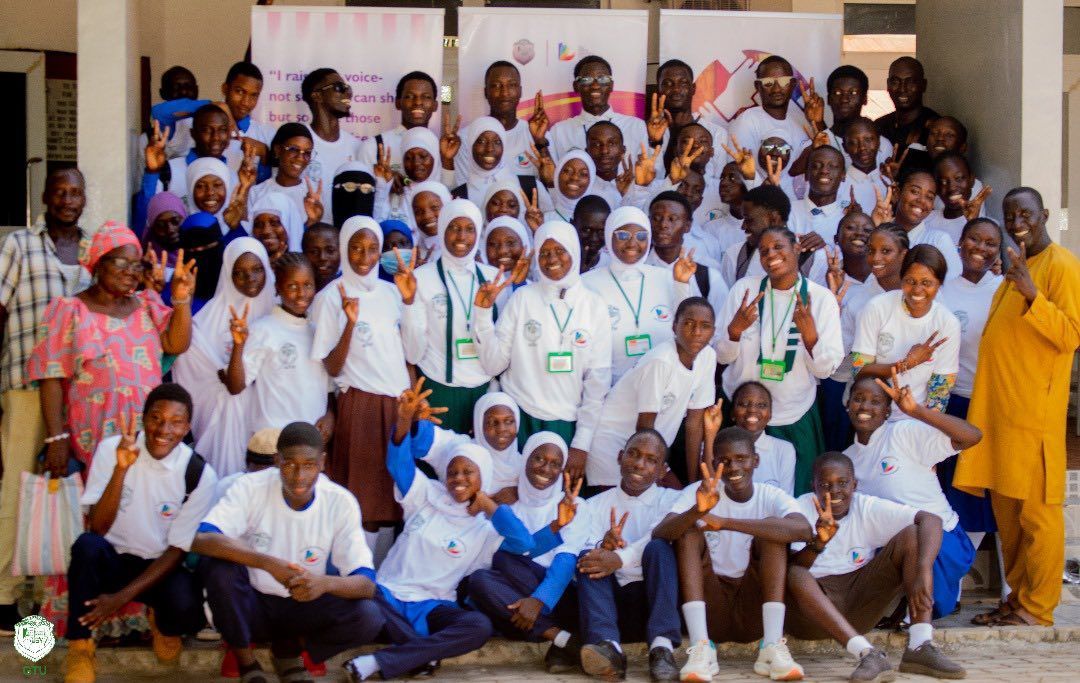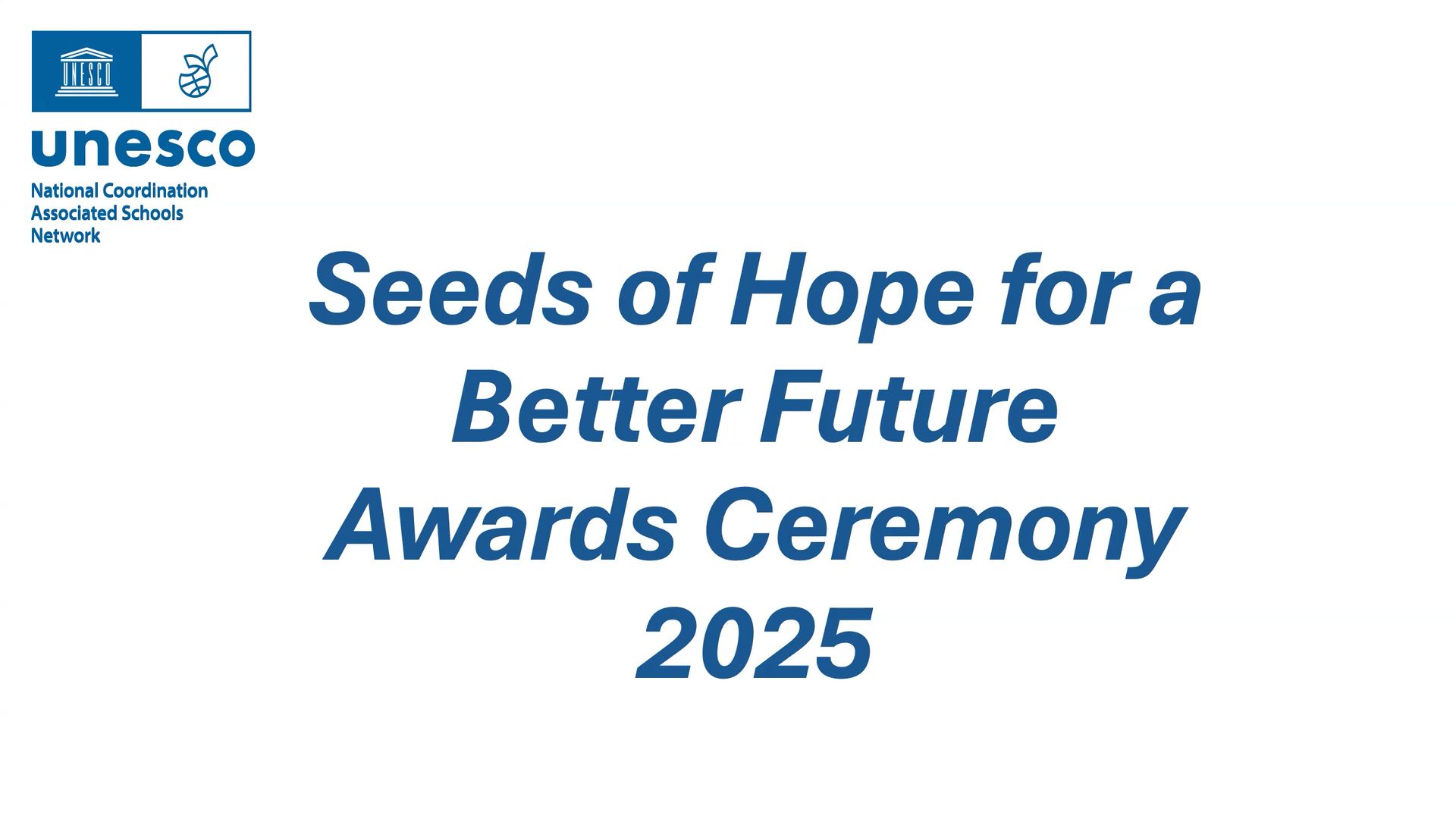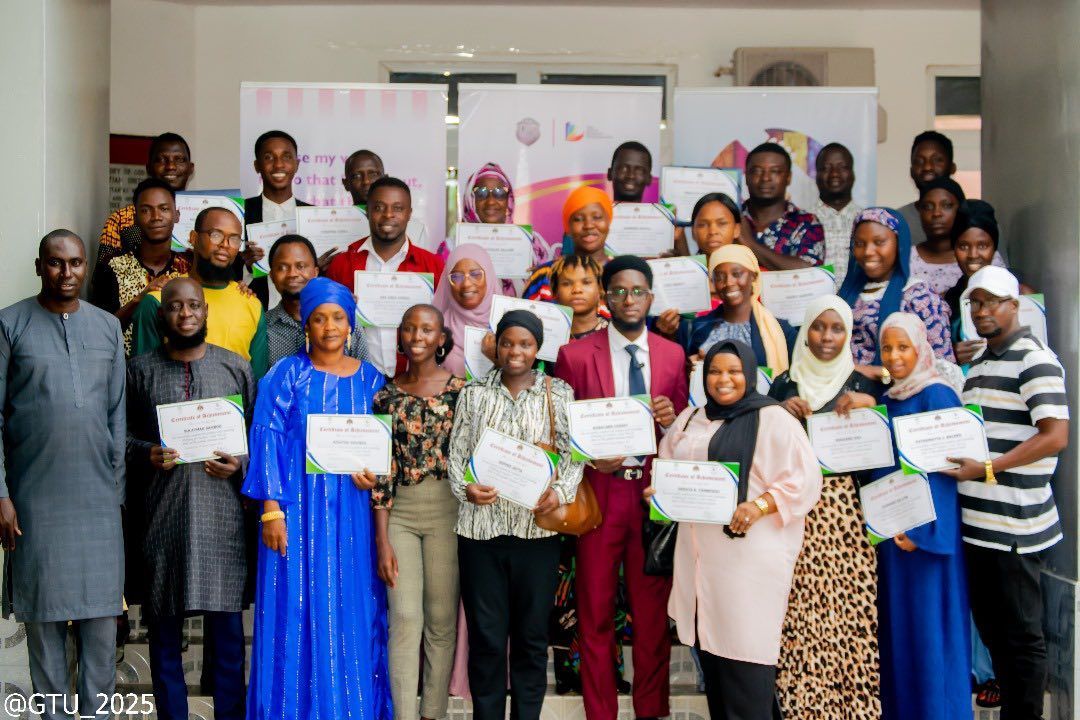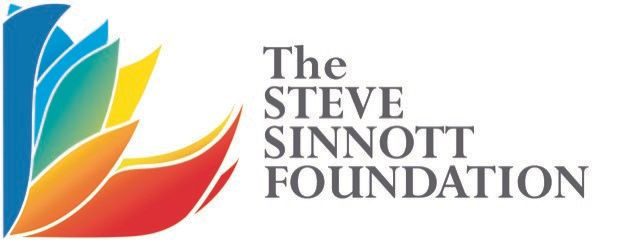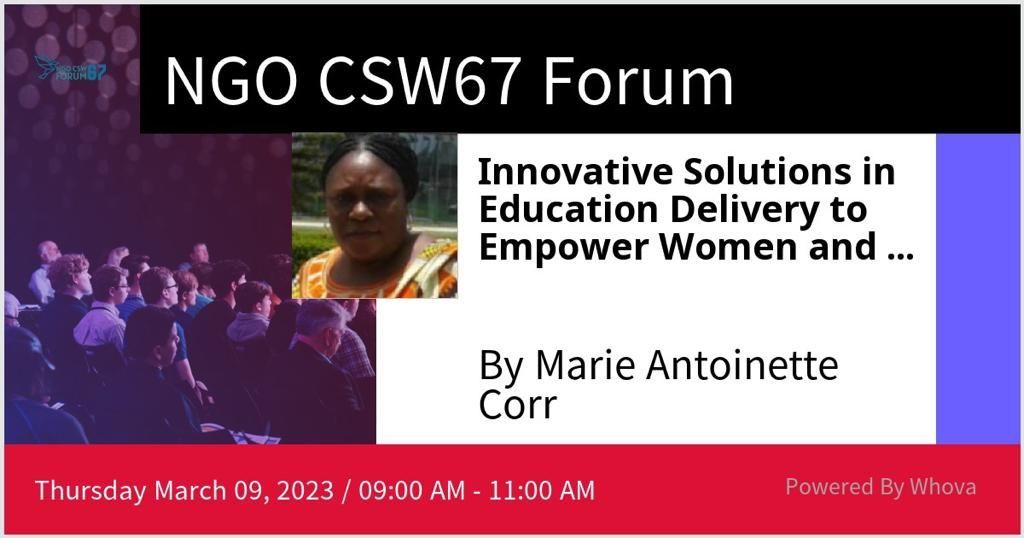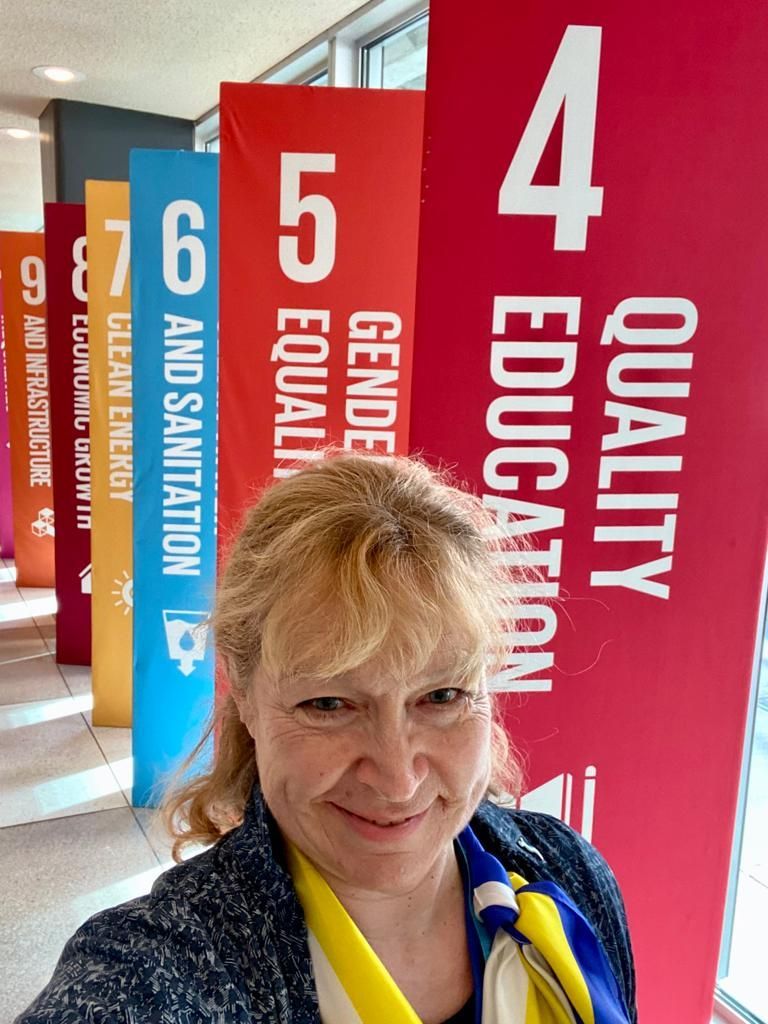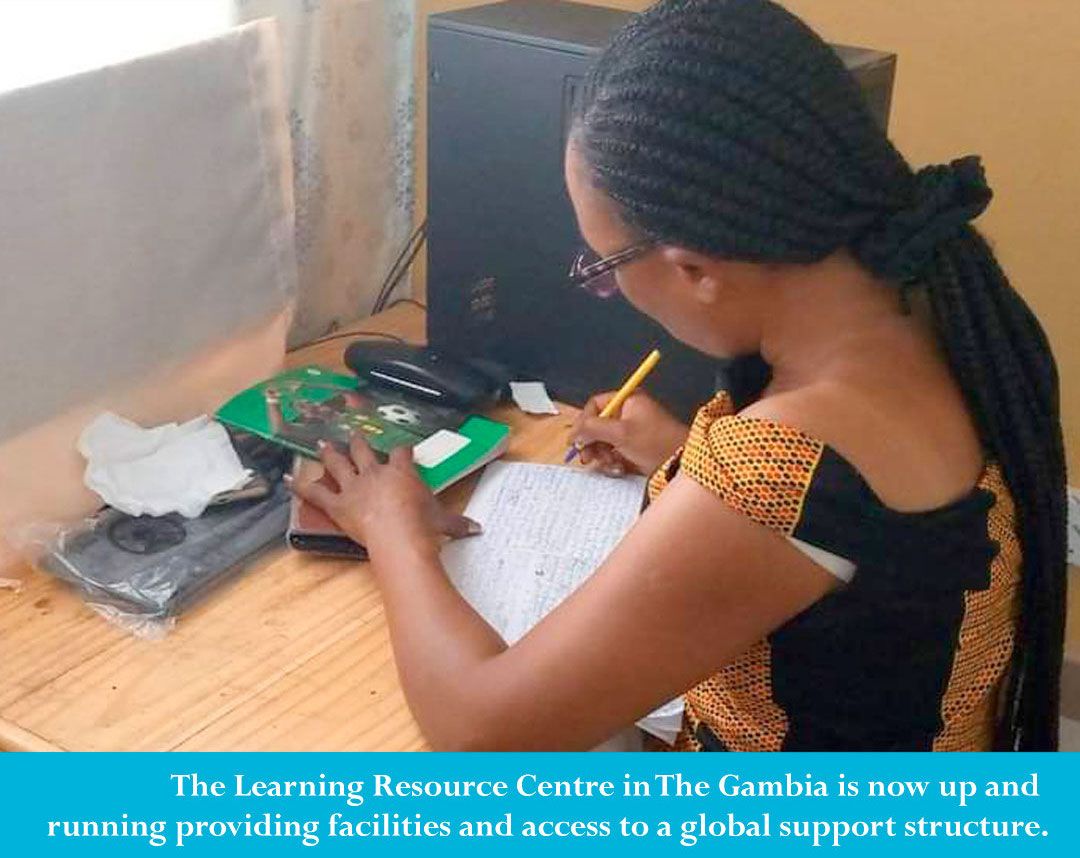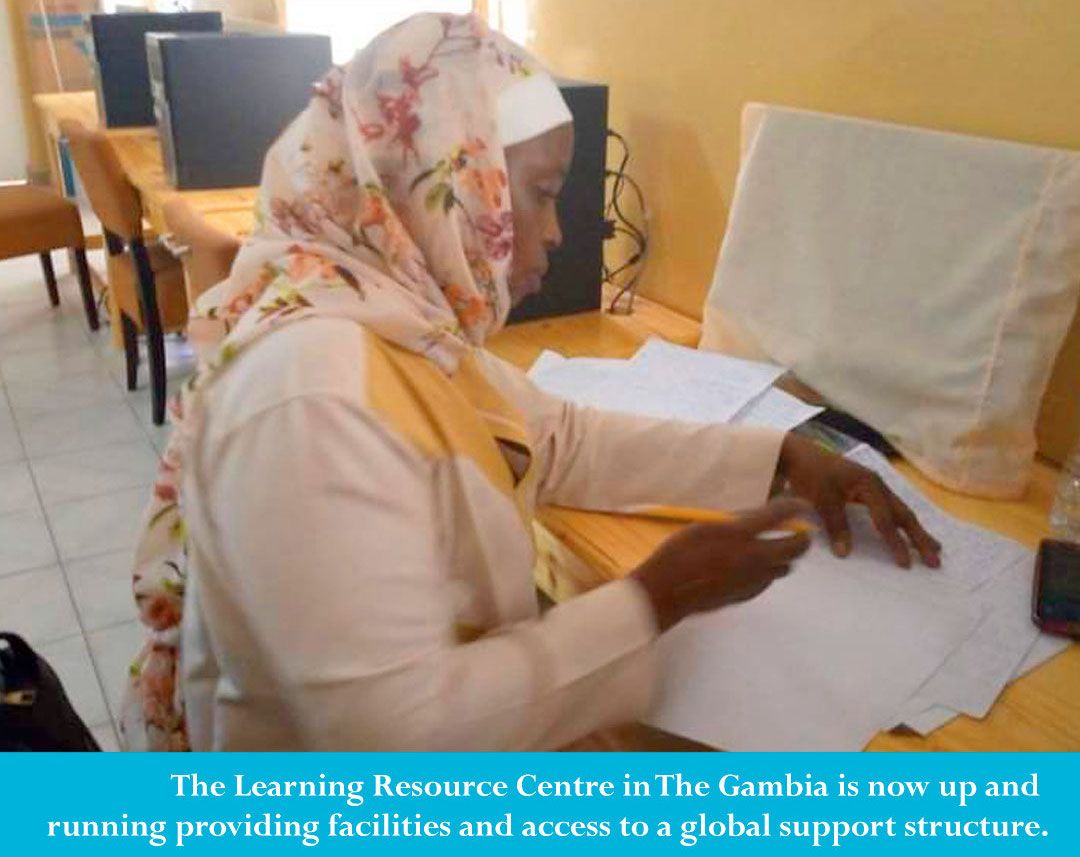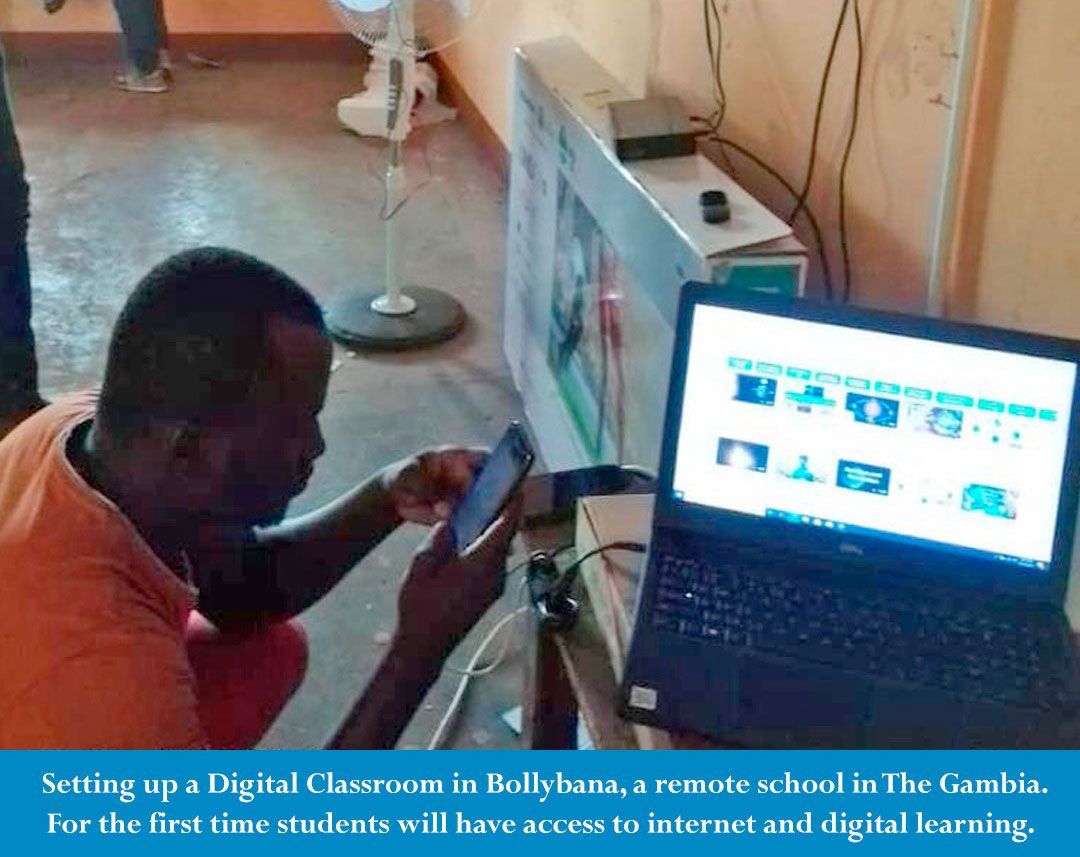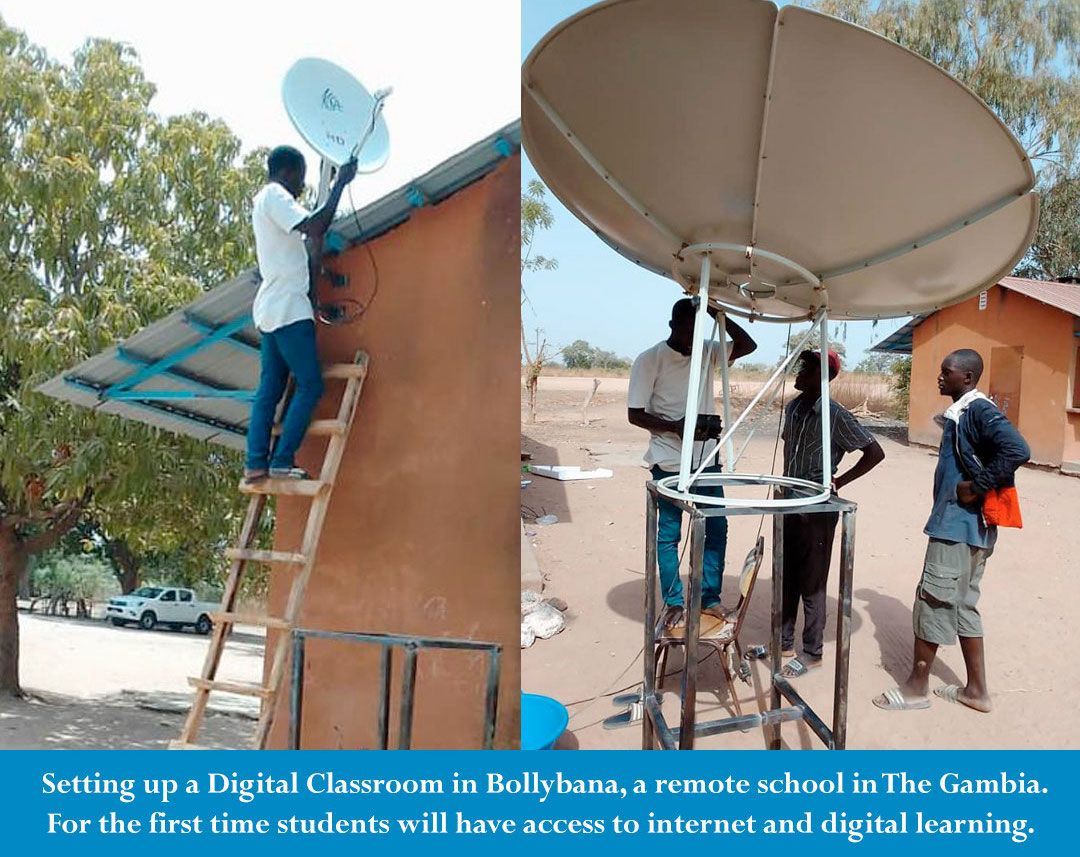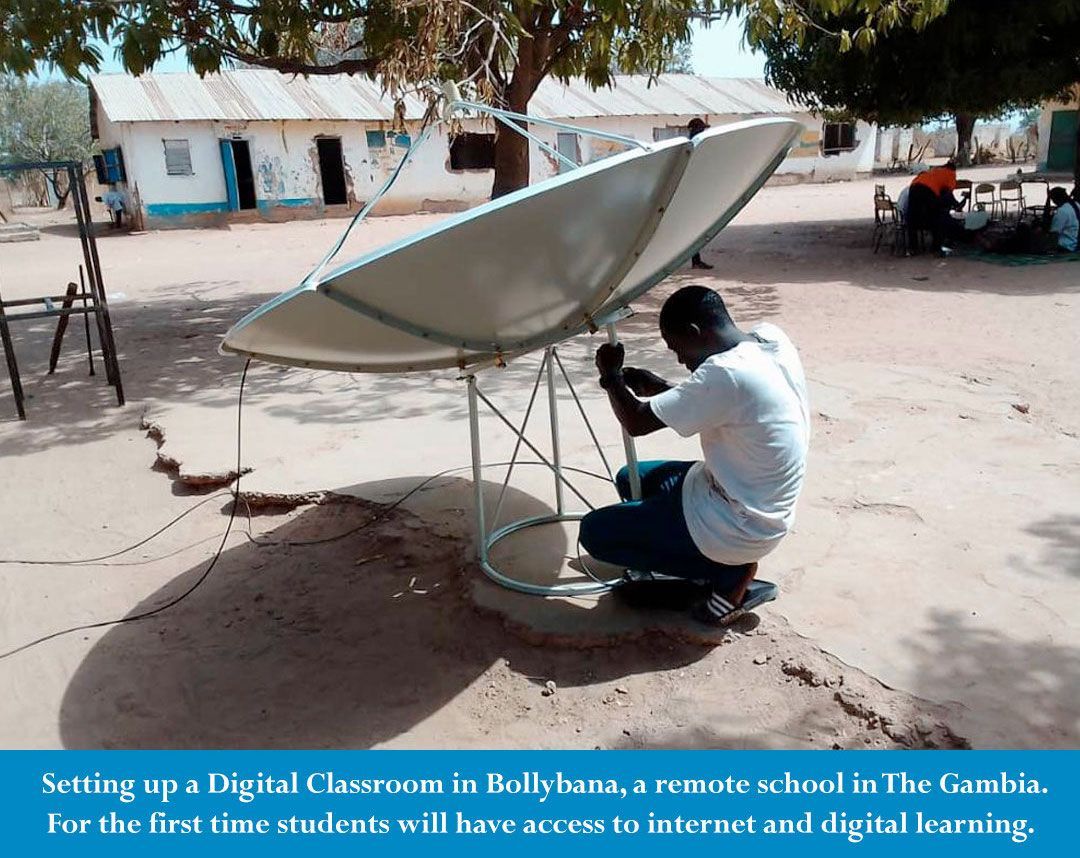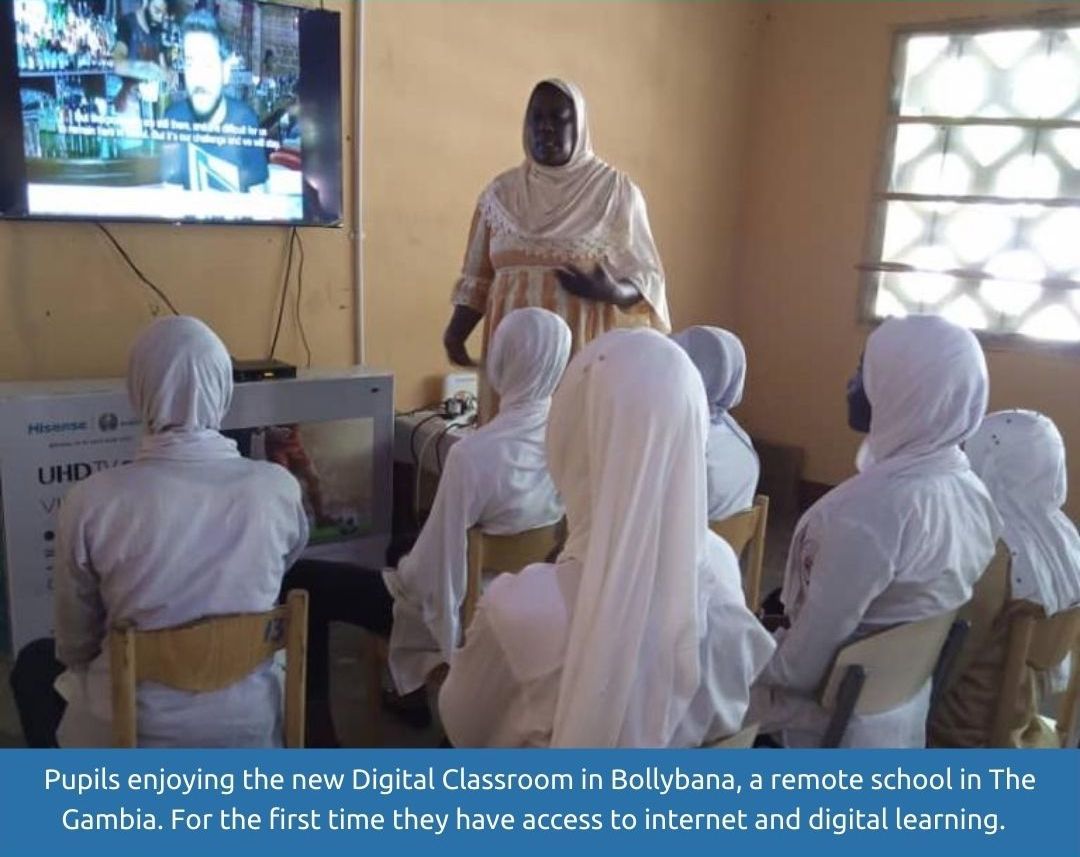International Women’s Day
On International Women’s Day, we have been reflecting on how far we have come or perhaps how far we have still to go in ensuring equality for women.
International Women’s Day is an opportunity to celebrate the many achievements and milestones in the ongoing struggle for gender equality. It is also an occasion to think about how far we still have to go, and how we can work together to deliver on the promise of empowerment for women worldwide.
The theme this year is, DigitALL: Innovation and Technology for Gender Equality.
Innovation and technology have the potential to drive gender equality forward by breaking down barriers and creating opportunities for women. When harnessed effectively, technology can enhance access to education, healthcare, finance, and political participation for women, helping to bridge the gender gap in these areas.
It is essential that we all work together to promote equitable representation in leadership positions, provide access to training and education in STEM fields, and create safe and supportive spaces for women to express their ideas and concerns.
This week people are meeting in New York from the 6th to the 17th March at the 67th session of the Commission on the Status of Women (CSW67).
The theme for CSW67 this year is "innovation and technological change, and education in the digital age for achieving gender equality and empowerment of all women and girls." #EmbraceEquity
We have several colleagues attending in person and online and we hope they can facilitate change, as we know from our work that when women support each other incredible things happen.
We are pleased to be represented at the event by Helen Porter, SSF Ambassador, who is attending through a delegation of Soroptimists from the U.K. and our colleague from the Gambia Teachers Union (GTU), Marie Antoinette Corr, is Speaking at an online webinar: Innovative Solutions in Education Delivery to Empower Women and Girls to share the benefits of our partnership work.
The disparity is very real today as for participating in CSW67; some of our colleagues are privileged to attend in person whilst some of our colleagues in the global South can only attend on-line due to the inaccessibility of visas and the high cost of travel and accommodation.
So, we are not surprised to hear that "Gender equality is growing more distant. It’s still ‘300 years away’, says UN secretary general @antonioguterres during his opening speech of #CSW67. Read the article here.
Our work has been focussed on #EducationForAll and #DigitalEquity. Through our Learning Resource Centres and Digital Classrooms we are ensuring that students and their teachers have resources to improve access to learning, training and research and connection across the globe.
Working with our partners in Haiti, Sierra Leone, Nepal and The Gambia we have developed Learning Resource Centres and two digital classrooms in The Gambia, one in Nema Kuta Basic Cycle School and the other in St Martin’s Basic Cycle School Kartong; providing technology services for students, educators and local communities.
You can find out more about our work here blog link:
https://www.stevesinnottfoundation.org.uk/a-successful-digital-classroom-in-the-gambia
https://www.stevesinnottfoundation.org.uk/first-trip-to-west-africa-since-covid-lockdowns
Happy International Women's Day
